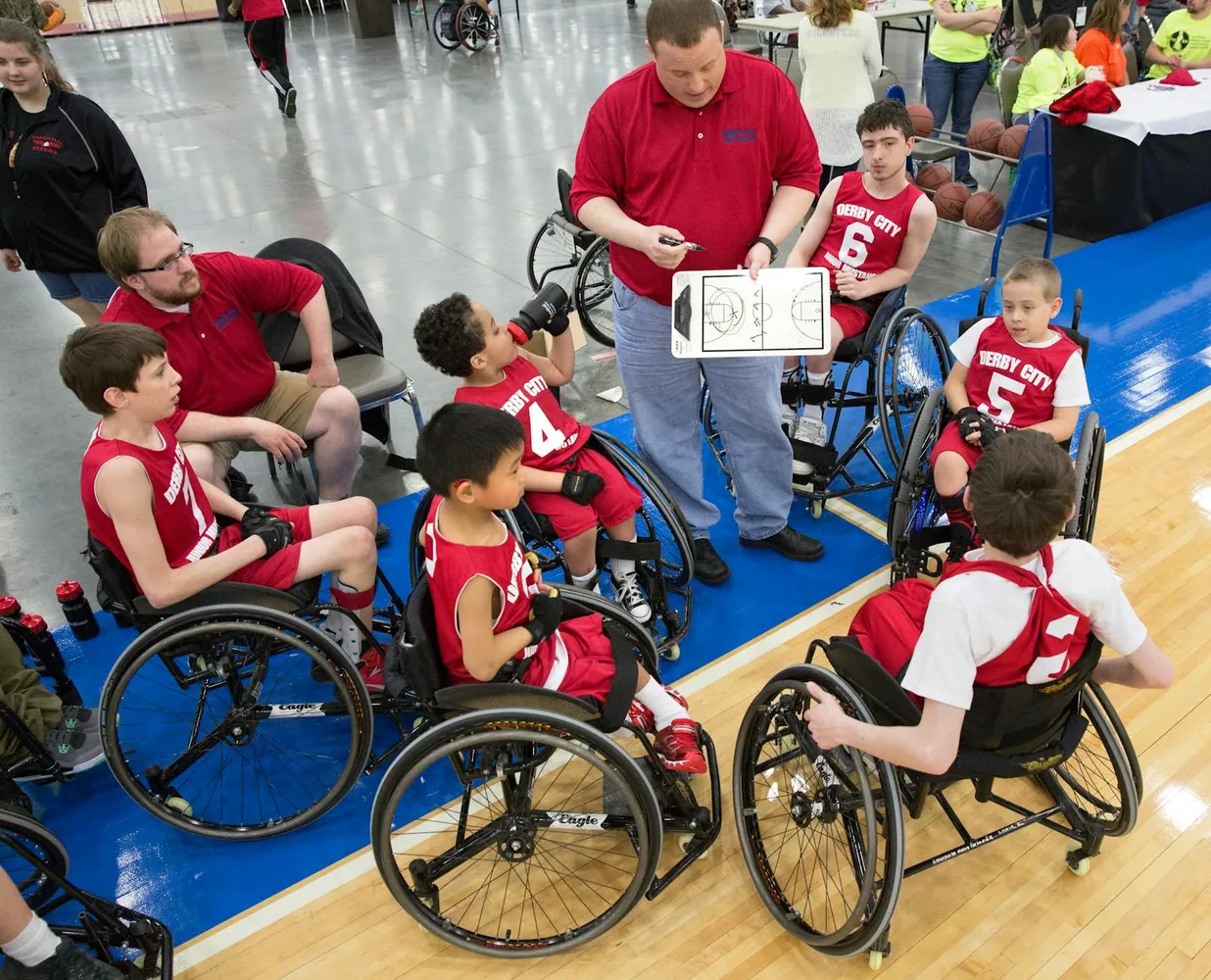The Journey of Adaptive Sports: Building Community Among Disabled Athletes

The Evolution of Adaptive Sports
The story of adaptive sports is as much about societal change as it is about personal triumph. Initially, sports for individuals with disabilities were largely recreational and therapeutic. It wasn’t until after World War II that these activities began to gain momentum as organized competitive sports, thanks in large part to the work of Dr. Ludwig Guttmann. His efforts in establishing the Stoke Mandeville Games laid the foundation for what would become the Paralympic Games.
The first official Paralympics took place in Rome in 1960, featuring 400 athletes from 23 countries. Since then, the event has grown exponentially, with over 4,400 athletes from 162 nations participating in the Tokyo 2020 Paralympic Games. This growth signifies not only a broadening acceptance but also an appreciation of the skills and dedication required by disabled athletes.
Transformative Impact on Society
The rise of adaptive sports has significantly impacted societal perceptions of disability. By showcasing what athletes can achieve, these sports challenge stereotypes and redefine what's possible for people with disabilities. Such events highlight that physical limitations do not equate to limitations in skill or competitive spirit.
Moreover, adaptive sports serve as a powerful platform for advocacy, promoting accessibility and inclusivity across all areas of life, from employment to social activities. By demonstrating their capabilities on the global stage, athletes help to shift narratives around disability from one of limitations to one of potential and opportunity.
Building Resilience Through Sport
Adaptive sports are not just about competition; they are about building resilience and fostering community among participants. Many athletes who join adaptive sports do so as part of their rehabilitation process. Sports provide an avenue for them to regain confidence and independence, offering both physical benefits and mental healing.
Inspiring Stories of Triumph
Amy Purdy's story is a testament to the power of adaptive sports in transforming lives. After losing both legs below the knee due to meningitis at age 19, Purdy went on to become a world-class snowboarder, winning bronze in the 2014 Sochi Paralympic Games. Her journey underscores how adaptive sports can empower individuals, enabling them to redefine their identities and pursue new passions.
Similarly, Alana Nichols showcases resilience through sport. After a snowboarding accident left her paralyzed from the waist down, Nichols found new purpose in adaptive sports, becoming the first American female athlete to win gold medals in both summer and winter Paralympics. Her achievements inspire countless others to view disabilities as opportunities rather than obstacles.
Fostering Community and Camaraderie
One of the most compelling aspects of adaptive sports is the sense of community they foster among participants. Athletes often describe their teammates and competitors as extended family. This camaraderie is vital, providing a support network that transcends geographical boundaries.
The Role of Organizations in Building Community
Organizations such as the International Paralympic Committee (IPC) and local adaptive sports clubs play a crucial role in cultivating these communities. They organize events, provide training resources, and create platforms for athletes to connect and support each other. These networks help athletes navigate challenges both on and off the field.
- Training Camps: Regular camps provide intensive coaching and help athletes refine their skills in a supportive environment.
- Local Clubs: These serve as accessible entry points for individuals new to adaptive sports, offering community support and resources.
The presence of mentors within these organizations also encourages new athletes to push their limits and achieve their personal bests, reinforcing the cycle of resilience and achievement.
Challenges and Future Directions
Despite the progress, adaptive sports face several challenges. Funding remains a significant hurdle, impacting everything from equipment availability to training facilities. Additionally, media coverage still lags behind that of non-disabled sporting events, limiting public awareness and appreciation.
Addressing Financial Barriers
Adaptive equipment can be costly—customized wheelchairs for racing or specialized prosthetics for running can range from $2,000 to over $50,000. Many athletes rely on sponsorships or grants, which are often difficult to secure without visibility in mainstream media.
Organizations are working to bridge this gap by advocating for increased funding at both governmental and corporate levels. Initiatives such as the Agitos Foundation aim to provide financial assistance to promising athletes lacking resources.
The Role of Media
Media plays a critical role in elevating adaptive sports. Greater coverage can drive sponsorship opportunities and increase public interest. Campaigns highlighting athletes' stories help demystify disabilities and promote wider societal acceptance.
The digital age offers new platforms for these stories. Social media allows athletes to directly engage with fans worldwide, fostering a global community that transcends physical borders.
Conclusion
The journey of adaptive sports is far from over, but its trajectory promises continued growth and impact. By inspiring stories of resilience and building inclusive communities, adaptive sports not only redefine what it means to compete but also broaden our understanding of ability itself.
As these sporting events continue to evolve, they offer profound lessons in empathy and determination, illustrating that true strength lies not in overcoming others but in overcoming oneself. The future holds immense potential for further integration of adaptive sports into the mainstream sporting world—an exciting prospect for both athletes and audiences alike.
